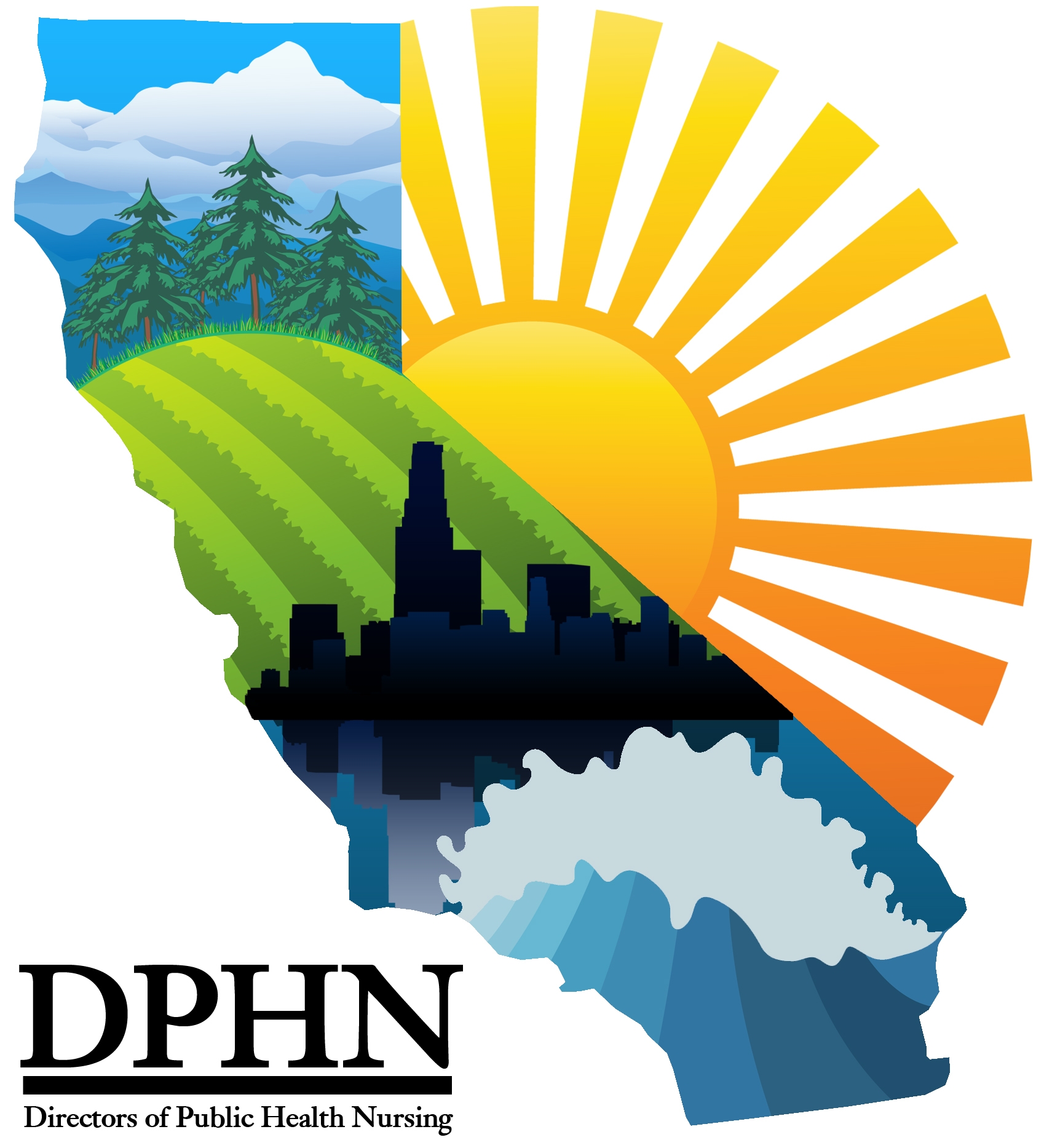- Home
- Public Health Nursing
- Statement of Purpose
Statement of Purpose
Public Health Nursing (PHN) provides leadership within systems and communities in order to achieve optimum physical, mental and social well being for all in California and encourages individuals and populations to take responsibility for their health.
Role of Public Health Nursing
In order to understand the role and function of DPHN one must first have a basic understanding of public health nursing. Public health nursing has functioned as a distinct profession since 1912. For much of the 20th century, PHNs have played a vital role in providing care primarily to ill individuals within their communities.
However, that role has significantly expanded. Public health nurses provide services to individuals, families, and communities. For example, PHNs provide case management to individuals with communicable diseases and identify contacts to these individuals and assure they receive a health assessment and treatment as needed and respond to bioterrorism threats.
PHNs visit pregnant women and their families to improve birth outcomes and children’s development and health status.
PHNs work with families to prevent family violence including abuse and neglect of children, spouses, and elderly adults. PHNs provide education and prevention services to populations at risk.
Additionally, PHNs work with communities and other organizations to identify areas of health concerns, prioritize these concerns and develop action plans to ameliorate these issues and improve the health of all people of California.
PHNs also advocate for the population and communities they serve by:
- identifying gaps in programs and services and recommending new programs and services to meet the identified needs.
- advocating for the concerns and needs of individuals, families, and populations who cannot or will not advocate for themselves.
- identifying barriers to health care.
- contributing to the development of new policies, or revision of old policies, which are needed to improve the public’s health.
In summary, PHNs are a critical component of the public health infrastructure and play an essential role in assuring the health of the population in California.
Public Health Nursing roles and responsibilities will continue to evolve and expand to meet the needs and challenges of populations and communities in the 21st century and DPHN will continue to guide this evolution through strong nursing leadership.

